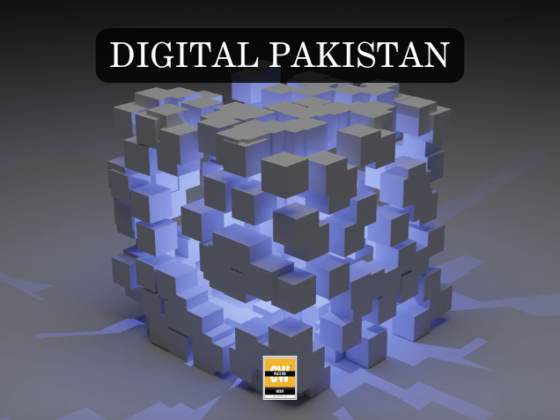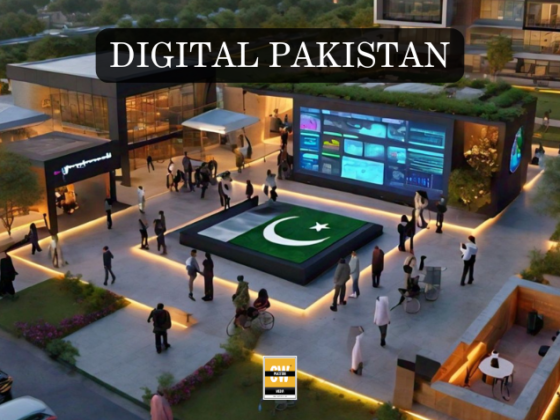In a major urban development milestone, authorities in Lahore have unveiled the completion of the country’s most advanced urban road, Route 47, which is set to transform the city’s infrastructure and urban mobility. Located in central Lahore, the 4.5-kilometre road spans through one of the city’s most strategic areas, including Kalma Chowk, and connects several of the city’s key thoroughfares, such as Ferozepur Road, Gulberg Main Boulevard, Walton Road, and the Lahore Ring Road. The project, which has cost an estimated Rs9 billion (approximately USD 32 million), was executed by the Punjab Central Business District Development Authority (CBD Punjab).
One of the key features of Route 47 is a nearly one-kilometre-long flyover that alleviates traffic congestion in one of Lahore’s busiest intersections. The road has been meticulously designed with separate lanes for pedestrians and cyclists, a rare and forward-thinking feature in Pakistan’s urban road planning. This is expected to encourage safer and greener modes of transport while accommodating the city’s rapidly growing population and increasing demand for mobility options.
Another standout feature of Route 47 is its sustainable design. The road has been constructed with innovative measures to prevent the issue of water accumulation during the monsoon season, which has long plagued many of Lahore’s streets. By incorporating efficient drainage systems, the road ensures that rainwater is effectively channeled, preventing flooding and waterlogging that typically disrupts traffic flow and daily life in the city. Perhaps one of the most exciting aspects of Route 47 is its integration of renewable energy. Sidewalks along the road have been fitted with solar panels, which not only provide shade for pedestrians but also generate up to one megawatt of electricity. This marks what officials claim to be Pakistan’s first “smart road” that not only serves urban mobility needs but also contributes to sustainable energy production. Imran Amin proudly remarked,
“I believe this is Pakistan’s first smart road that will also produce energy.”
The development of Route 47 is part of a broader urban redevelopment effort in Lahore, with the road passing through the former Walton Airport site, a 300-acre landmass that is being transformed into a high-rise commercial zone. The area is now being developed into Lahore’s Central Business District (CBD), which is expected to become the city’s primary commercial and business hub. As part of the wider urban planning strategy, infrastructure work in the CBD area is progressing rapidly. Key developments include the construction of new sewage systems, stormwater management facilities, and two large parking plazas, which aim to accommodate the growing needs of businesses and residents in the area.
Additionally, an innovative rainwater management system is being implemented. The rainwater collected in the CBD area will be directed through underground systems to an artificial lake, which is currently under construction. This sustainable water management solution is designed to mitigate the risks of water shortages and enhance the overall environment of the CBD. The Punjab government’s plans for the CBD go beyond just infrastructure. The vision is to position the district as a leading hub for both business and information technology. With its state-of-the-art infrastructure, the CBD aims to attract global businesses and tech companies looking to invest in a modern and well-connected urban space. The creation of the CBD will not only stimulate economic growth but also position Lahore as a competitive player in the regional business landscape, particularly as a destination for IT startups and tech giants.
Route 47 is more than just a road—it is part of a larger vision for Lahore’s transformation into a modern, sustainable, and business-friendly city. The road serves as a critical link between the city’s established commercial zones and the newly developing CBD, easing access to one of the most promising urban areas in Pakistan. With its integration of smart technologies, renewable energy solutions, and an emphasis on sustainability, Route 47 is poised to become a model for future urban development in the country.
As the CBD project continues to progress, Lahore is witnessing a significant shift towards vertical urban development, a trend that aligns with global practices in cities looking to accommodate expanding populations while reducing the environmental footprint. The development of Route 47 and the surrounding Central Business District marks the beginning of a new era for Lahore, one where modern infrastructure, sustainable practices, and cutting-edge technology play a central role in shaping the city’s future. The government’s commitment to promoting Lahore’s CBD as a thriving business and IT hub signals that the city is ready to embrace the digital age while maintaining a focus on sustainable growth. With the completion of Route 47, Lahore is not only investing in its present but also laying the foundation for a prosperous, tech-driven future.








